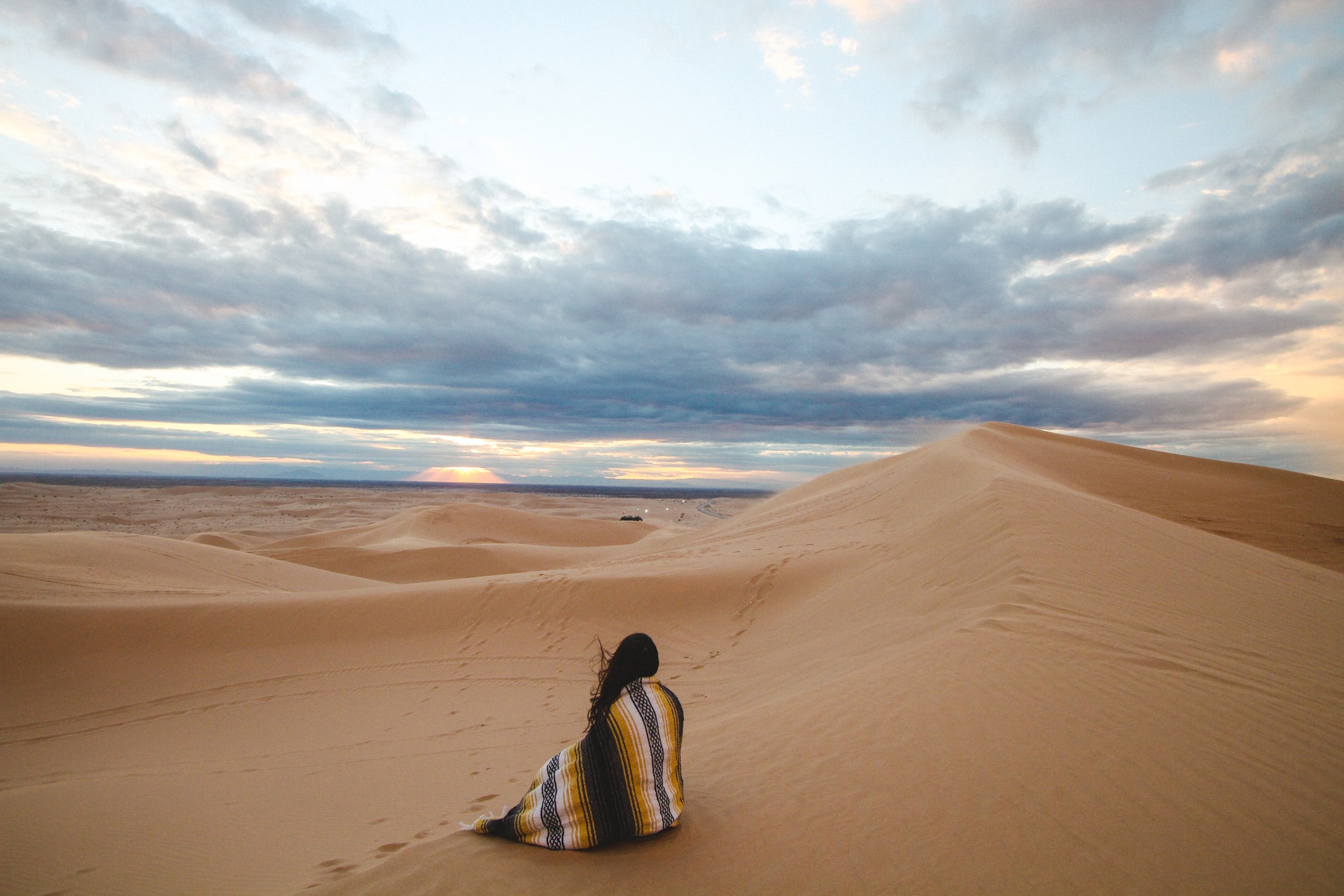Things You Must Know Before Going on a Desert Trip
The desert inspires wonder with its ancient cultural artifacts, gravity-defying rock formations, and vast expanses of life on the edge. The desert can be a harsh environment. Uninitiated visitors often find themselves in hostile environments, covered in dirt and full of challenge. To get the inside track on making a desert adventure a success, I spoke with experts. This is how you can experience the desert like a pro.
Pack Sun Protection
 Consider packing more than just sunscreen when traveling to desert. A long-sleeved, hooded shirt with UV protection is a good choice. You can also use sunglasses, a sun hat, or a reflective umbrella to protect your skin. You can also protect yourself from the harsh, needle-ridden desert plants by wearing lightweight pants. The desert can get cold, which is something that many people don’t know. Snowfall can be expected at higher altitudes in the desert. Make sure you have plenty of warm layers and rain gear, as well as gloves and a beanie. Check the weather forecast before you leave.
Consider packing more than just sunscreen when traveling to desert. A long-sleeved, hooded shirt with UV protection is a good choice. You can also use sunglasses, a sun hat, or a reflective umbrella to protect your skin. You can also protect yourself from the harsh, needle-ridden desert plants by wearing lightweight pants. The desert can get cold, which is something that many people don’t know. Snowfall can be expected at higher altitudes in the desert. Make sure you have plenty of warm layers and rain gear, as well as gloves and a beanie. Check the weather forecast before you leave.
Check the Weather
It is risky to hike in rainy conditions in the desert, especially if you’re in canyons or washes (ditches where water flows after the rains). Every year, hikers are at risk from flash floods that can come out of nowhere. If it is raining, do not hike in slot canyons. Also, remember that canyons can flood when there is too much moisture. Before you set out, make sure you check the weather and call the ranger or land manager to confirm that conditions are safe.
Plan to Beat the Heat
You should be ready for hot conditions if you plan to go on a desert adventure in summer. To avoid the heat, it’s best to go to bed at night or to the early hours of the morning. Cotton is a popular choice. Although cotton is often the sworn enemy of outdoor recreation, cotton can help keep you cool in the desert. Rana Dufault takes a cotton shirt one step further when hiking long distances. She suggests that you take a long-sleeve cotton shirt and let it dry before you go. Then, when you get home, could you put it in a zip-top baggie? Pull the shirt out when you are at your hottest and most miserable. A cotton bandana, lighter than a regular shirt, can be used if you need to transport something lighter.




